Starlink goes Global: Satellite Internet's Price, Speed Test, Sign-up, Map and Everything need to Know
 |
| Facts about Starlink - Elon Musk’s Satellite Internet: Price, Speed Test, Sign-up, Map and Everything need to Know |
In 2015, SpaceX, the company owned by technology billionaire Elon Musk, announced it was developing such a service called Starlink - Satellite Internet (starlink.com). But what is Starlink, exactly? Keep reading as we reveal more about this upcoming, and highly ambitious, space internet service.
Starlink Satellite Internet Goes Global
SpaceX’s Starlink broadband-by-satellite system is inviting potential subscribers to sign up for its service almost anywhere on the planet, provided the country of residence has granted permission for Starlink to operate.
Starlink stresses that it will treat those users signing up that they will be treated on a “first come, first served basis” and that it will be available to a “limited number of users at this time”. Interested users have to pay the local equivalent of about $99 (or €99) as a deposit.
People are being told that the service will be available in “mid-to-late 2021”.
The pre-order fee will be applied to the customer’s first month of service, which costs $99 a month. Subscribers will also have to pay a $499 one-time fee for their Starlink kit (dish, WiFi router, power supply, cables and mounting tripod).
Map of Countries has granted permission for Starlink to operate
According to reports and FCC filings, Starlink is actively working on licences to operate in Canada, US, Mexico, Germany, Greece, France, Australia, Argentina, and Chile. Applications are underway in the Caribbean, Austria, Spain, Ireland, Italy, New Zealand, The Philippines, India, Japan, South Africa, Brazil, and Columbia.
What is Starlink?
It’s the space race, but unlike the 50s, this race’s goal is to connect the world—including rural areas—to the internet. Elon Musk’s Starlink satellite internet project aims to bring affordable, fast internet to underserved parts of the US and the world.
Starlink will be able to offer internet access from virtually anywhere on the planet. The goal of the Elon Musk Starlink effort is to launch thousands of small satellites, all of w
Each satellite in this Elon Musk Starlink project weighs just 573 pounds (260kg). They are basically very flat and then when 60 of them are placed inside one of SpaceX’s Falcon 9 rockets. When they are put in orbit, a single large solar array comes out to power the satellite.hich will be in low Earth orbit. They will be able to transmit fast internet signals down to Earth.
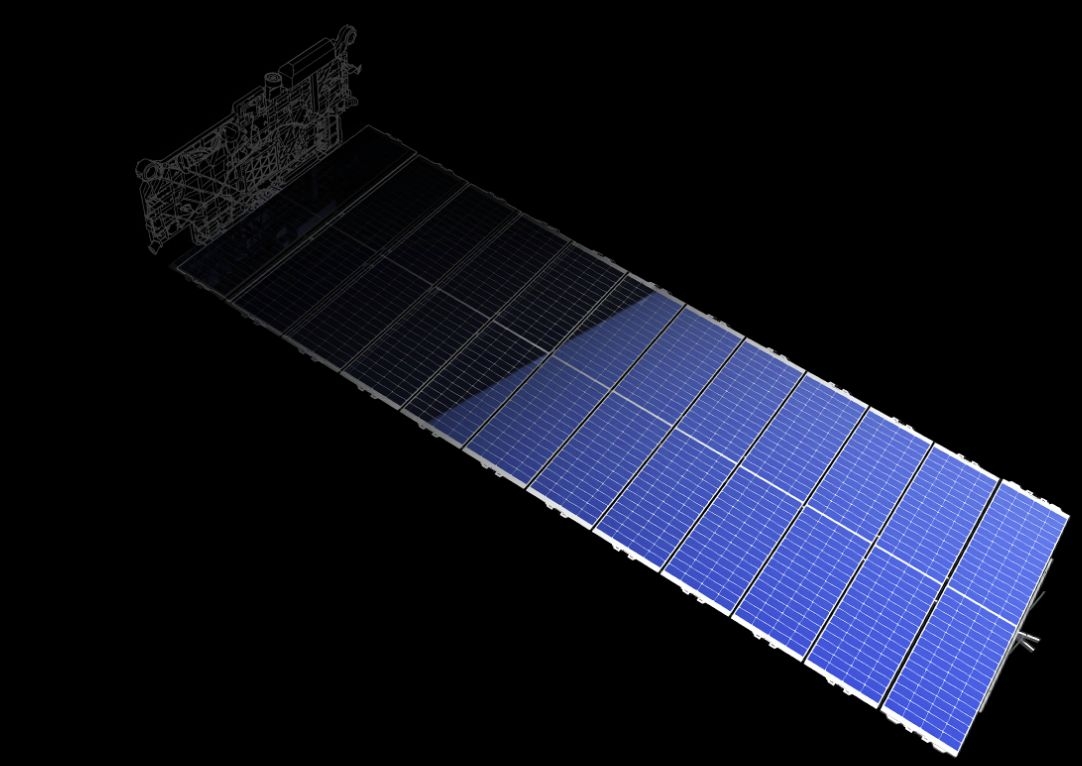 |
| What are the satellites like? |
How to sign up for the Starlink beta
The Starlink beta is currently active, and the word is more beta testers will get invites in January 2021. So we recommend entering your email and home address to get your name in the hat and receive updates on when Starlink service will hit your neighborhood.
*Click to Sign up Starlink Service update
Read More: 5 Steps to Get and Sign up Starlink, SpaceX's satellite-internet service
Easy to set up starlink
Your Starlink Kit arrives with everything you need to get online including your Starlink, Wi-Fi router, power supply, cables and mounting tripod.
Starlink requires a clear view of the sky to connect. Download the Starlink App to determine your best install location.
| Starlink is now delivering initial beta service both domestically and internationally, and will continue expansion to near global coverage of the populated world in 2021. During beta, users can expect to see data speeds vary from 50Mb/s to 150Mb/s and latency from 20ms to 40ms in most locations over the next several months as we enhance the Starlink system. There will also be brief periods of no connectivity at all. As we launch more satellites, install more ground stations and improve our networking software, data speed, latency and uptime will improve dramatically - Source: starlink.com |
Prices of Starlink Internet update
Accoding to CNN, an email reportedly from Starlink is inviting people to try out the service. The email claims that it will cost $499 for a one-time cost for the ground hardware, and $99 a month for the actual internet service. By comparison, the HughesNet service costs as much as $150 a month, with a 50GB high-speed data plan (at 25Mbps) and horrible latency that makes gaming impossible and even tasks like streaming can be quite the chore.
Current beta testers reported an equipment cost of $499 for the antenna and router—and the same email lists a monthly price of $99. Sadly, that’s more than the original guesstimate cost of $80 a month, but it’s still far cheaper than some of Viasat and HughesNet’s higher-end plans.
To compare, a satellite internet plan from Viasat ranges from $30 to $150 a month for download speeds of 12 Mbps up to 100 Mbps, and HughesNet plans range from about $60 to $150 a month for download speeds of 25 Mbps.
- Starlink price: $99/mo.
- Equipment cost: $499 for the phased array antenna and router
One other interesting thing to note is that the beta invite email doesn’t mention data caps.17 Data caps are a huge deal with satellite internet and are often much smaller than you’d find with traditional ISPs—Viasat offers the most monthly data of 150 GB.
In a recent Reddit Ask Me Anything (AMA) series, a Starlink representative said “At this time, the Starlink beta service does not have data caps.” That sounds promising, but doesn’t mean unlimited Starlink data is set in stone.
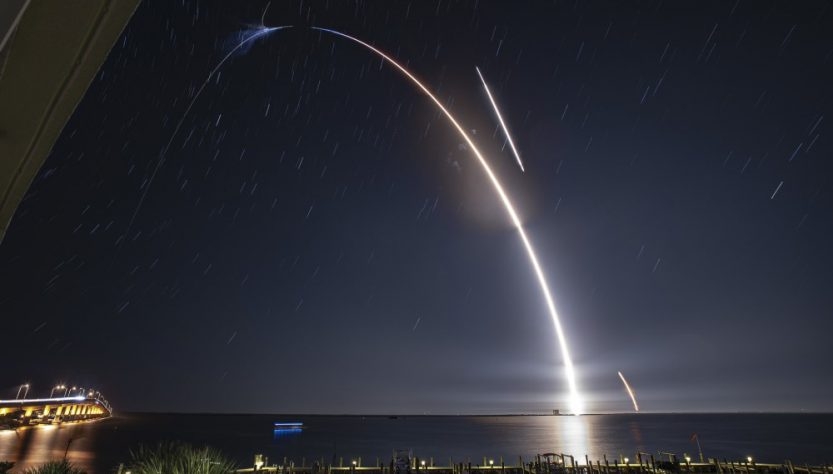 |
| Internet From SpaceX Starlink Satellites? You Can Sign up For The Beta Test And Wait |
Speed Test of Starlink satellite internet update
Speed tests for Starlink internet beta users (as of November 30, 2020) show download speeds of about 104 Mbps and upload speeds of about 16 Mbps, plus an average latency of 39 ms.
Beta test invites promise speeds of 50–150 Mbps,17 which is a decent starting point for Starlink’s satellite internet service. It’s nice to see that actual speeds the beta testers get when using Starlink internet match up with what the company promised.
Those speeds and latency range are light years ahead of any HughesNet satellite internet plan, which caps out at 25 Mbps and typically sees latency up to 500–600 ms. Plus, those download speeds are also faster than most of Viasat’s internet plans, which caps at 100 Mbps.
Starlink is still in the process of deploying satellites and ground stations while working out the kinks in its beta test. As more satellites reach Earth’s orbit and more ground stations are built, Starlink users will likely see improved download speeds and lower latency.
A recent thread on Reddit claims that the early beta tests for Starlink speeds show download speeds of between 37Mbps and 60Mbps, with upload speeds from between 4.5Mbps and 17.70Mbps. These speeds have been unconfirmed by SpaceX.
How will Starlink internet work?
Elon Musk and SpaceX hope that Starlink’s unique technology will help it fill the connectivity gap between urban and rural areas.
Right now, rural areas face challenges when it comes to getting internet access because of the massive cost of infrastructure. That means the cost of digging trenches, laying cable or fiber, and even dealing with property rights disputes.
But Starlink’s satellites will beam an internet signal directly to a gateway or user terminal on the ground.3 That means there’s much less infrastructure needed to get that internet signal to rural homes.
To top it off, SpaceX says its Starlink internet will be faster and have less latency than current satellite internet. But how?
Each Starlink satellite will communicate with four other satellites using lasers. That means they’ll beam data across the globe at almost the speed of light—a speed that only fiber-optic internet comes close to matching.
How many satellites?
The company launched its first test satellites in 2018. This was followed by the first official 60 satellites for the service in 2019. As of this writing, SpaceX has put up about 1,000 of the satellites into orbit. The latest launch happened in late January 2021. At least two launches are planned for early February 2021. Later in 2021, the program plans to have as many as three launches a month, again with 60 Starlink satellites on each rocket.
The company has received permission from the US Federal Communications Commission (FCC) to put as many as 12,000 SpaceX Starlink satellites above the planet. Basically, it will form a kind of “Starlink constellation” in the sky. SpaceX would like to put even more satellites above the Earth. Ultimately, the “Starlink constellation” could have as many as 42,000 satellites in orbit.
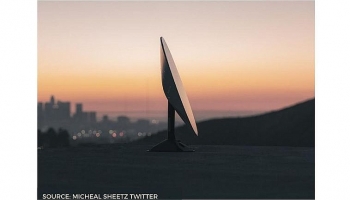 5 Steps to Get and Sign up Starlink, SpaceX's satellite-internet service 5 Steps to Get and Sign up Starlink, SpaceX's satellite-internet service How to get and How to sign up Starlink Internet has been the question for most people since the release of the beta for the ... |
How much will Starlink equipment cost?
Early guesses about how much Starlink equipment would cost ranged from $100–$300. But beta test email invites listed a price of $499 for the phased array antenna and router.17
That’s likely an upfront payment, which probably means you’ll own your Starlink internet equipment outright—no rental fees required. And to compare, if you wanted to buy your HughesNet or Viasat equipment, you’d pay a similar one-time fee of $449.99 or $299, respectively.
Starlink internet first be available in Canada and US
Musk stated the private beta would first be available for people in “high latitudes”. The company has clarified that the beta would launch first for residents in Canada, along with the northern portions of the United States. The plan is to expand to other parts of the world in 2021.
 |
| The real benefit of SpaceX-Starlink high speed internet |
What is 'space internet'?
Space internet is simply satellite-powered Internet access. This is not a new thing. Telecommunications satellites mostly sit in a geostationary orbit thousands of miles above Earth's equator and follow the direction of Earth's rotation, so appearing to stay in one place to serve one region. Their distance from Earth means a lag of about a second or more.
However, actual internet access via existing satellites is severely limited; Iridium’s LEO network offers data speeds of 2.4 kbps, and though that’s soon going to jump to 512 kbps (thanks to several dedicated rocket launches by SpaceX, ironically), it’s expensive and designed to serve companies and governments that need critical links in remote areas of the world (think container ships and scientists in the Antarctic), not the mass market.
Starlink satellites will be 65 times closer to Earth than geostationary satellites, and could also offer speeds of 10Gbps, which is faster than fiber optic internet.
Is Starlink the only ‘space internet’ provider?
Far from it. The world of satellite broadband is hotting-up, and high-speed ‘space internet’ is increasingly looking like the future. Expensive, regionally-locked yet fast satellite broadband services are incoming, while OneWeb – supported by Intelsat, Virgin Qualcomm, SoftBank and Hughes Networks Systems – intends to launch 640 satellites across 21 launches to create global broadband by 2020.
It launched its first 12 satellites in February. There’s also Amazon, whose ‘Project Kuiper’ could see 3,236 satellites create a global broadband internet service after 2021.
Q & A Starlink internetQ: Can SpaceX Starlink satellites be seen from Earth? A: When SpaceX first launches a new set of satellites, they can be seen soon afterward with the naked eye in many locations. However, they soon go higher up into orbit. When that happens they become much less visible but in certain circumstances, they could still be visible with the naked eye, and certainly via telescopes. Q: Why are Starlink satellites so bright? A: The reason is mostly that they are orbiting much lower than normal communication satellites. According VOX, many astronomers have concerns that the plan to put as many as 12,000 or more Starlink satellites into orbit could cause a lot more light pollution, That could interfere with their Earth-bound telescopes. SpaceX says it is working to reduce the amount of light pollution from those satellites, including experimenting with a dark coating on the surface. Q: Are Starlink satellites dangerous? A: There have been some concerns raised about the amount of space debris that could be generated with thousands of Starlink satellites in orbit. According to this SpaceNews.com, many experts feel they could cause issues with both unmanned and manned spacecraft. SpaceX claims that any issues with failing satellites will be resolved by simply using their onboard thrusters to safely take them out of orbit and have them burn up in Earth’s atmosphere? Q: Will Starlink internet be faster than fiber? A: Fiber internet speeds top out at 10Gbps. Starlink’s download speeds are supposed to be up to 1Gbps, but again there’s no word on upload speeds. Therefore, it doesn’t look like Starlink will be faster than fiber? Q: Will Starlink work with cell phones? A: No. It is designed to offer fixed internet services to a home or business. The Reddit user Darkpenguin22 recently posted up images of what he claims was a prototype Starlink tracker terminal in Wisconsin. The small circular Starlink tracker antenna has been called by some people a “UFO on a stick”. Having said that, smartphones could connect to a Starlink data connection and its home network via its WiFi hardware. Q: Will Starlink use 5G? A: No. As we have stated before, the service is designed for direct fixed connections to homes or businesses. It is not the same as mobile 5G technology. |
Low latency - video calls & online gaming
Latency is the time it takes to send data from one point to the next. When satellites are far from Earth, latency is high, resulting in poor performance for activities like video calls and online gaming.
Starlink satellites are over 60 times closer to Earth than traditional satellites, resulting in lower latency and the ability to support services typically not possible with traditional satellite internet.
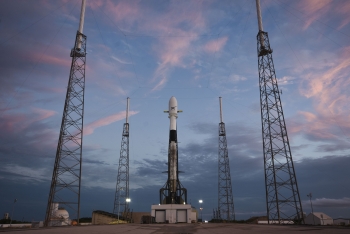 How many people are already using Starlink - Elon Musk’s space-based internet service How many people are already using Starlink - Elon Musk’s space-based internet service How many people are already using Starlink - Elon Musk’s space-based internet service? The Starlink internet service is currently in beta testing, but the company ... |
 5 Steps to Get and Sign up Starlink, SpaceX's satellite-internet service 5 Steps to Get and Sign up Starlink, SpaceX's satellite-internet service How to get and How to sign up Starlink Internet has been the question for most people since the release of the beta for the ... |
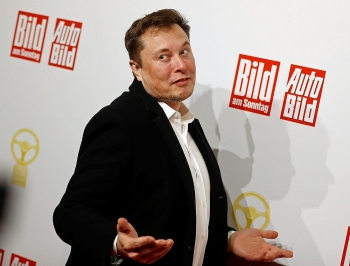 Who is Elon Musk - CEO of SpaceX? Who is Elon Musk - CEO of SpaceX? How much do you know about Elon Reeve Musk FRS who is the founder, CEO, CTO and chief designer of SpaceX; early investor, CEO and ... |























